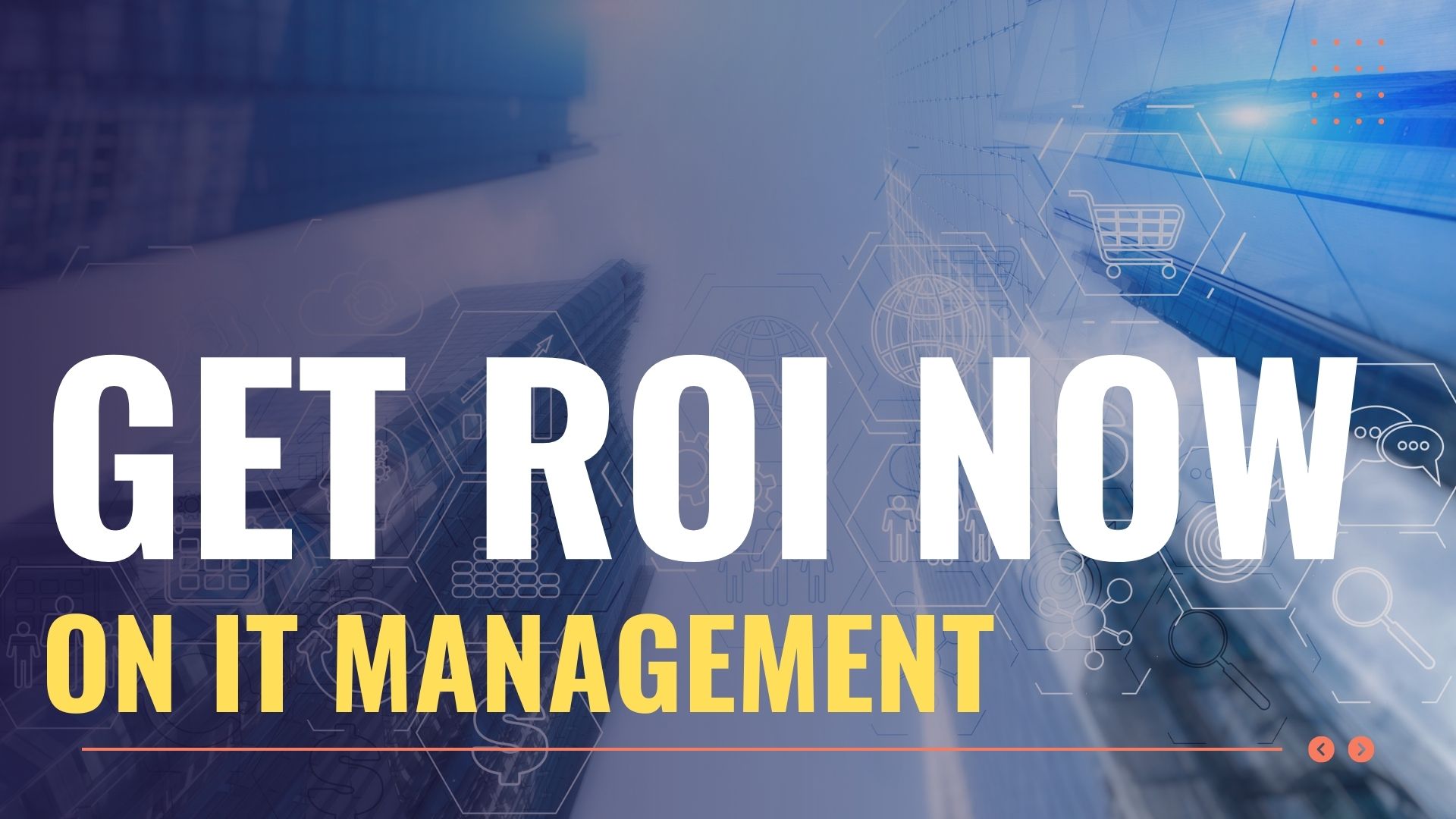How Can Superior IT Management Impact Your Bottom Line?
In today’s tech-forward business environment, every startup, small business, or evolving enterprise understands the pivotal role of Information Technology (IT). This term, sourced from the Harvard Business Review, signifies multifunctional devices adept at many tasks to propel business operations. IT professionals, therefore, become invaluable assets, laying down the infrastructure and ensuring every network, system, application, and data flow is seamless. Their expertise encompasses four crucial realms: infrastructure, troubleshooting, maintenance, and, most importantly, security.
With the ever-growing shadow of cybersecurity threats, the significance of IT specialists within the business spectrum multiplies. Their core responsibilities extend beyond repelling cyber threats; they ensure strict adherence to data regulations, consistently shielding sensitive client information.
To harness the full potential of IT services, businesses must understand how to merge them into their growth strategies. Here, we will explore how optimal IT management practices and robust cybersecurity can radically elevate your revenue streams.
What Constitutes Stellar IT Management?
Achieving a lucrative return on investment (ROI) aligns with setting the right priorities. Identifying primary concerns and goals can effectively guide investment directions. For instance, amplifying IT troubleshooting capabilities should take precedence if a premium customer experience is the aim.
Key Performance Indicators (KPIs) are instrumental to objectively evaluate IT management’s efficacy. These metrics elucidate the impact of adopted strategies. Monitoring feedback and reviews becomes essential if enhancing customer experience is central to your objectives. If the lens is focused on boosting employee satisfaction via IT management, then parameters like turnover rates and absenteeism become vital.
Nurturing Your Business With Advanced IT Solutions
Let’s delve deeper into the transformative impact of distinct IT domains on businesses.
- Cybersecurity: According to IBM, companies in the U.S. can harness an impressive average saving of $1.76 million by integrating security AI and automation. The economic implications of security breaches are extensive, encompassing compensation to affected parties and lost revenue during downtime. Furthermore, potential lawsuits for cybersecurity negligence, especially in data-sensitive sectors, can escalate costs. Incorporating seasoned IT experts can dramatically diminish the risk of these cyber breaches, safeguarding against hefty financial hits, reputational debacles, and dwindling customer trust.
- Artificial Intelligence (AI): AI, in the contemporary landscape, is more than a mere buzzword. It’s a transformative tool. Businesses free up their human resources by assigning routine tasks like data entry to AI, allowing them to address more intricate and strategic concerns. This not only amplifies productivity but also enhances overall job satisfaction.
- Cloud Computing: Emerging businesses often confront the financial challenges of hardware acquisition and maintenance. This is where cloud services emerge as a godsend, curtailing expenses while offering a spectrum of services, from database management and application processing to data storage and business intelligence functionalities. The primary perks? Drastic cost reductions, prevention of data loss, and effortless scalability.

Understanding Cloud Computing Models
- Public Cloud Model: This model, known for its accessibility, allows service providers to dispense computing resources over the internet to a vast clientele base. It’s economical, scalable, and seamlessly adaptable to evolving business requirements.
- Private Cloud Model: Prioritizing enhanced control and security, this model is tailored for entities with stringent data protection and regulatory standards.
- Hybrid Cloud Model: An amalgamation of the public and private clouds, this model ensures comprehensive data and application portability.
- Multicloud: This strategy, entailing multiple cloud services, ensures that a broad spectrum of IT needs is seamlessly addressed.
Conclusion
In the modern era, a company’s IT strategy often mirrors its success. Businesses can achieve unparalleled growth and resilience through comprehensive digital transformation, streamlined IT management, and an unwavering focus on cybersecurity.



